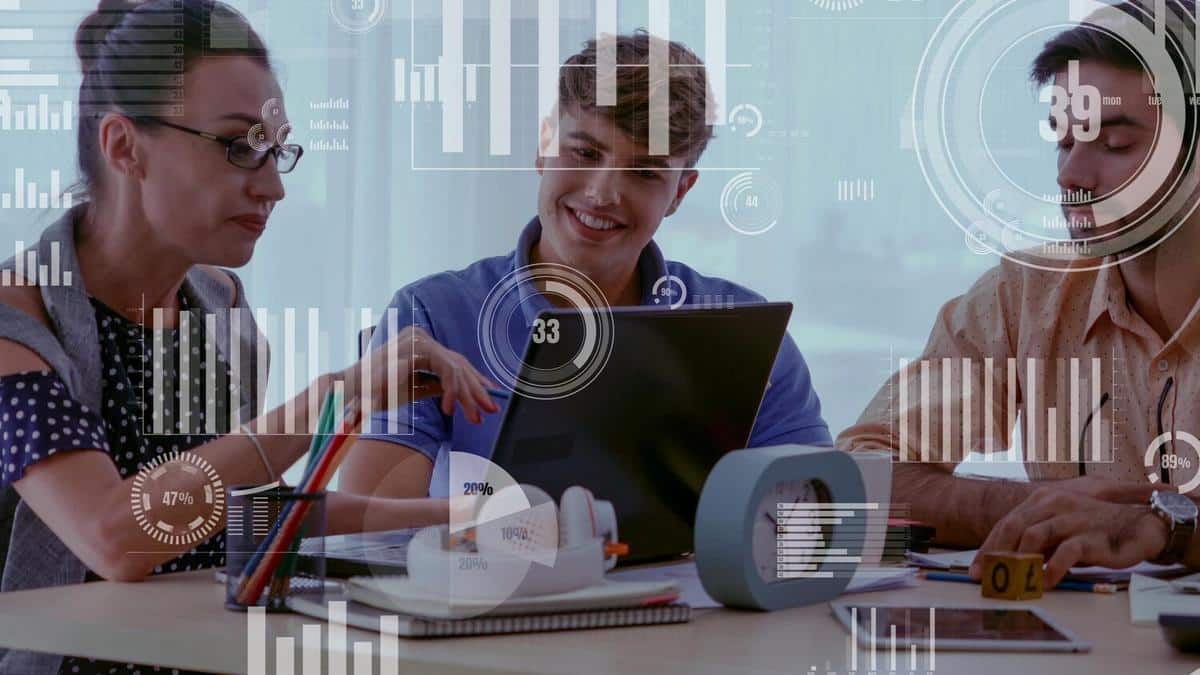
Utilizing Big Data to Enhance Learning Outcomes
Imagine transforming the educational landscape where data-driven insights pave the way for tailored learning experiences. This is the promise of utilizing big data in enhancing learning outcomes, an innovative approach that is reshaping e-learning as we know it.
In the realm of e-learning innovations, leveraging big data has emerged as a pivotal strategy to refine and personalize educational experiences. By harnessing vast amounts of data, educators can gain valuable insights into student behaviors, preferences, and learning patterns, ultimately leading to improved educational outcomes.
Understanding Big Data in Education
Big data refers to the extensive volume of information generated from various sources, including online interactions, assessments, and educational tools. This data, when analyzed effectively, can reveal patterns and trends that are instrumental in shaping personalized learning journeys.
Expert Insights
Dr. Alex Johnson, an educational technologist, notes, “Big data analytics in education allows us to move from a one-size-fits-all model to a more customized approach, addressing individual student needs.” Such expert opinions underscore the transformative potential of data-driven education.
Research Findings
A study published by the Journal of Educational Technology showed that integrating big data analytics in classrooms can increase student engagement by 20%. These findings highlight how data can enhance learning environments and outcomes.
Real-Life Applications
Consider the case of a university that implemented a data analytics platform to track student performance. By analyzing data from student interactions and assessments, the institution identified at-risk students early and provided timely interventions, resulting in a 15% increase in overall student success rates.
Actionable Tips for Educators
- Utilize data analytics tools to monitor student progress and identify areas needing improvement.
- Encourage students to provide feedback through surveys to gather additional data for analysis.
- Incorporate adaptive learning technologies that utilize data to tailor educational content.
Pro Tip: Regularly review data privacy policies to ensure that student information is handled securely and ethically.
Comparison Table: Traditional vs. Data-Driven Education
| Aspect | Traditional Education | Data-Driven Education |
|---|---|---|
| Approach | One-size-fits-all | Personalized |
| Feedback | Periodic | Real-time |
| Intervention | Reactive | Proactive |
| Engagement | Static | Dynamic |
| Outcomes | Standardized | Optimized |
| Data Utilization | Minimal | Extensive |
| Student Insights | Limited | Comprehensive |
| Flexibility | Low | High |
FAQs
How can big data improve student engagement?
Big data can identify patterns in student behavior, allowing educators to implement strategies that enhance engagement, such as personalized content and timely feedback.
What are the challenges of using big data in education?
Challenges include ensuring data privacy, managing large volumes of data, and integrating analytics into existing educational frameworks.
Conclusion
By embracing big data, educators can revolutionize the learning experience, making it more personalized and effective. The insights gained from data analytics empower educators to tailor educational strategies to meet the diverse needs of students. As we continue to explore the potential of big data in education, it is vital to prioritize ethical data practices and ensure that privacy concerns are addressed. The future of learning is data-driven, and its potential is vast. For more insights on e-learning innovations, explore our additional resources here.


